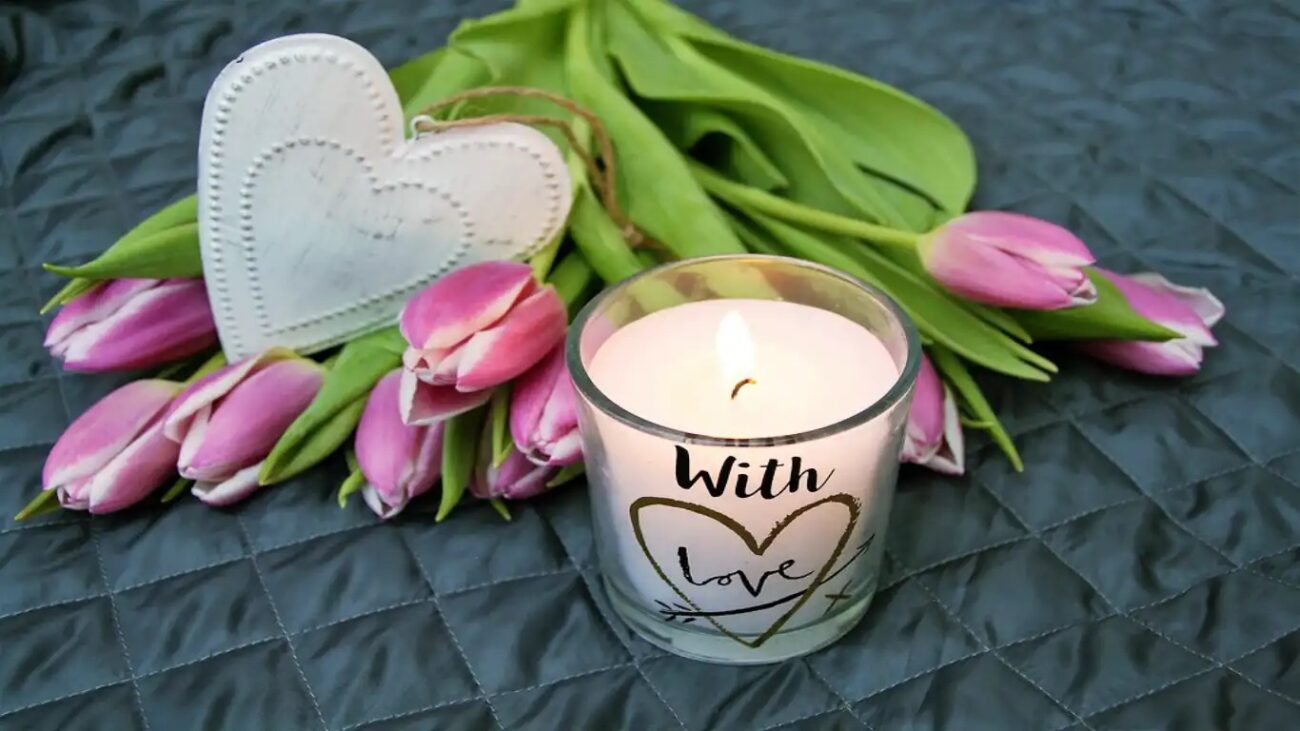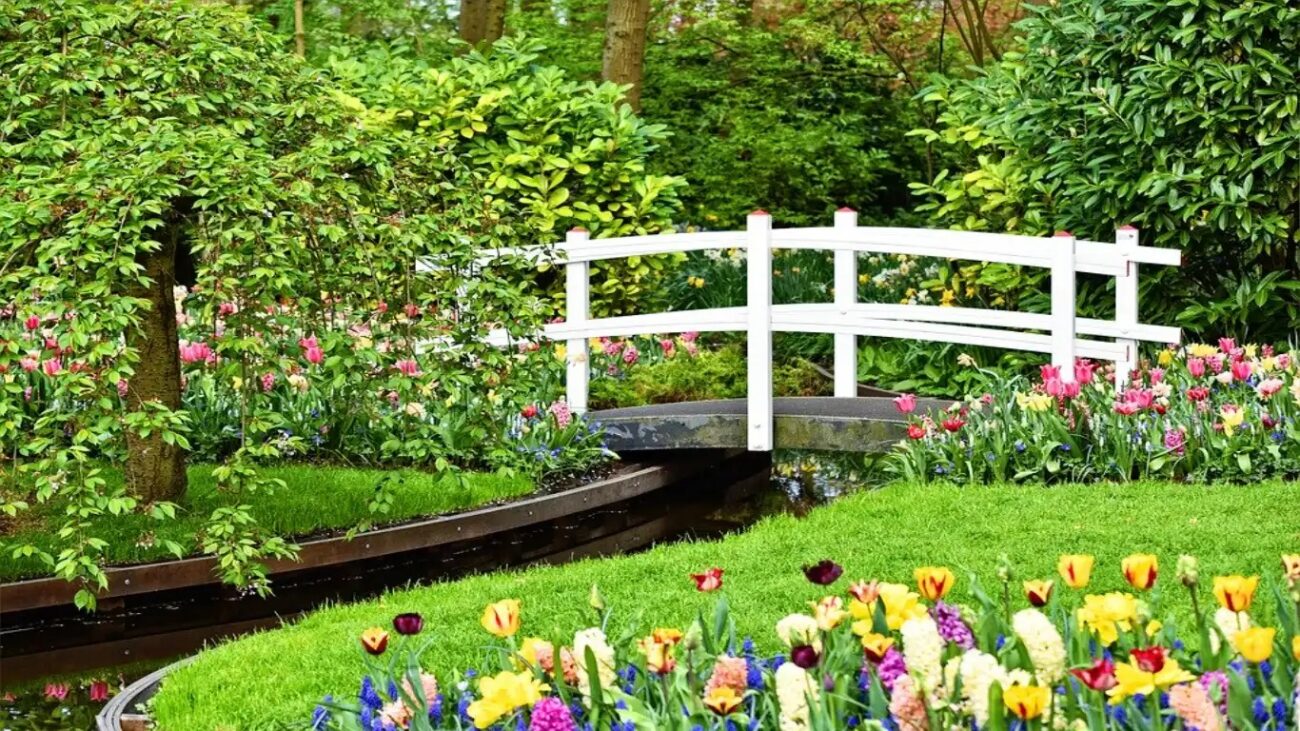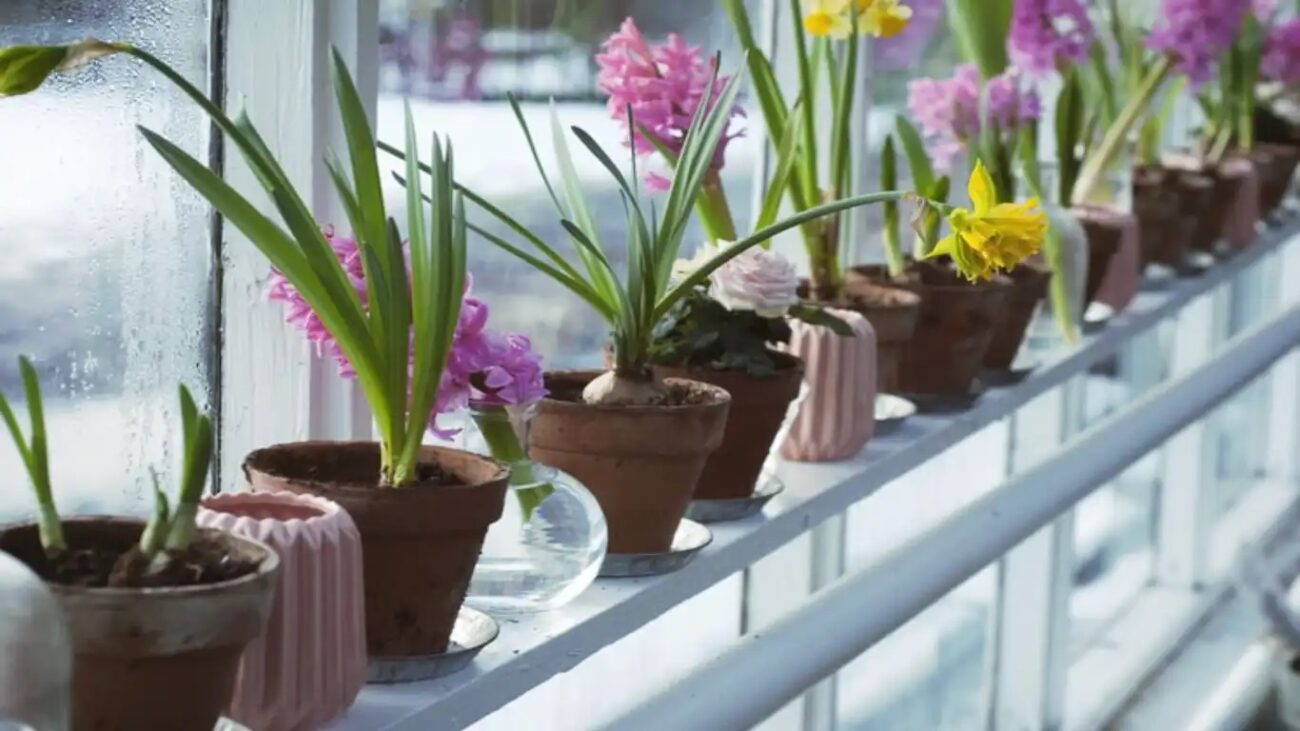
There is immense satisfaction in creating your own garden plan — the satisfaction derived from relaxing or entertaining in the garden as well as the satisfaction that comes from a job well done. The effort that you expend in planning and executing a design unique to you will add to the enjoyment your garden provides for years to come.
How do you begin to create a garden space that is unique to you? Here are ten simple steps that will help you move effortlessly through the process.
1. Identify WHY you want a garden.
How will you use it? Who else will enjoy the garden? Remember that you may not be the sole inhabitant, so get input from all family members on how your outdoor space will be used.
2. Do a little dreaming.
Now that you know why you want a garden and how you intend to use it, let your imagination play with all the possible features in your special space. A little dreaming will uncover those attributes that will put your personal imprint on the garden. Also decide whether you want a formal or an informal garden. Formal gardens are highly structured, divided by a strong central axis and cross axes. Informal gardens have a more natural look with strong, flowing curves.
3. Make a list of “must haves”.
What items are essential? Listing your needs up front ensures that your final plan won’t be missing anything important. Do you need a retaining wall? A privacy fence? A path to the garage? More parking space? Do children need a place to play? What about pets? Walk around your property and make note of everything that is essential. Your final design should balance dream features and “must haves” to create a satisfying and functional space.
4. Evaluate what you already have.
To get where you are going, it helps to know your starting point. Is your space large or small? Is the site flat or sloping? What is the climate? What type of soil do you have? How much water is available and from what sources? What are the predominant views?
5. Ballpark your budget.
Once you know what you want and what you need, it’s time to consider what you are willing to spend. This dollar figure will influence what features you include in the final garden plan — trees, plants, hardscape materials and architectural elements such as arbors, fountains, ponds and benches. Remember that your “budget” comprises two elements: money and TIME. In terms of time, does the garden need to be finished by a certain date or can you create it over time? (Speed costs!) Also, how much time are you willing to budget to maintain your dream garden? Can you spare several hours a week or are you lucky enough to afford a caretaker?
As you develop and refine your plan, you may need to balance time and cash costs. Be flexible. You may need to spend more time if you can’t spend more money and vice versa.
6. Identify your garden’s focal points.
Every garden needs an eye-catching spot that causes you to pause a moment. When you choose a focal point, you are choosing the direction you want visitors to look when they enter your garden. Did your list of “wants” include a waterfall or fountain? An arbor retreat? A blossoming apple tree? If so, you are well on your way to identifying a focal point — or points — for your garden.
7. Create a rough design.
Take all the information that you’ve gathered and incorporate it into a workable design that balances the “wants” with the “must haves”. Your goal is to create a space that is both satisfying and functional. Buy a pad of graph paper that contains 8 or 10 squares per inch and let each square equal one foot. (In other words, every inch on the paper will equate to 8 or 10 feet on your property.) Create a basic map with your property lines and house drawn to scale.
You will also need tracing paper, markers, a tape measure, a ruler, a pencil and a good eraser. Lay the tracing paper over your basic scaled map. Then refer back to your list of “must haves” and “wants” as you sketch the various areas of your garden. Show the approximate position of focal points, activity areas (“rooms”) and pathways. Use as many sheets of tracing paper as necessary until you find a layout that pleases you and meets the goal that you identified in Step 1.
8. Choose your plants and hardscape.
The colors and materials that you choose will create the character of your garden, adding interest, movement and visual appeal. Do you want harmonious colors or strong contrast? Warm hues or cool tones? Bold colors or soft hues? Mixing different colors and materials and textures will give your garden a strong sense of space.
Plants comprise a significant part of your garden. In addition to plants, hardscape materials contribute variety and texture — wood arbors, brick borders, gravel paths, bronze statuary, and wrought-iron benches.
As you review your preliminary layout, consider the best material for each of the hardscape elements. Keep in mind that each element needs to fit with and compliment the whole. For example, a terrace constructed of the same material as the house unifies while railroad ties around a formal garden create discord.
9. Make a scale drawing.
Thus far, you have created a basic map of property lines and your house as well as an overlay sheet that shows focal points, “rooms” and pathways. You also have a list of the trees, shrubs and plants for each area of your garden. Now you need to create a scale drawing that shows EXACTLY where each feature will go. You will use this blueprint to lay the walkways, set the arbors and trellises, and plant the trees, shrubs and flowers. It is important that you have enough information to help you create in reality the garden that you just designed on paper. As long as your scale drawing or blueprint is in sufficient scale to accomplish that purpose, you will be successful.
10. Execute your plan.
Before you begin actual construction of the garden, check all local building codes and regulations to make sure that you will be in compliance. Structures such as decks, patios and retaining walls may require a permit from the local city government. Once all permits are in place, you can start to lay out the garden. With your scale drawing as a blueprint, use a tape measure to position all structures, walkways and plants. Be sure to measure accurately so each element in your design fits its assigned space.
If designing a garden space sounds a bit intimidating, don’t panic. Just follow these steps one by one and let a space unfold that feels right to you. You CAN do it. After all, a successful garden is just another room of your house, which you’ve already successfully decorated!
Download Your Exclusive and Limited Time E-Book Today: You can only get it Free when you subscribe below.
7 Steps To Turn You Passion Into An Online Business
The point of discovering your passion and using it in building your online business is so that you are excited and motivated by what you do every day—even when the going gets tough. You don’t need to be an expert on a topic to provide value, this is a misconception, because what you don’t realize is how much you know compared to the next person who could really use your help!
A powerful report that will help you build your list and ultimately drive sales to the products that you want to promote.
You will learn:
- Discover Your Passion.
- Determining Market Fit and Potential.
- Creating Avatar.
- Building a Following.
- Building a List of Prospecting Buyers.
- Monetizing Your Audience.
- Scaling Your Profits.
Join The Fully Upgraded ClickBank University 2.0, and follow in the Exact Footsteps of PROVEN 7 and 8-Figure ClickBank Winners.
It is critical to your success to learn what’s working now, and from people that are doing it every single day. ClickBank University 2.0 delivers the latest up to date strategies, methods and tactics for you build your ClickBank business rapidly.
You can learn how to make money creating your own products and promote them on ClickBank. And also promoting other people’s products and an affiliate.
Both can be a great way to have your own online business, and they both can be equally lucrative…










